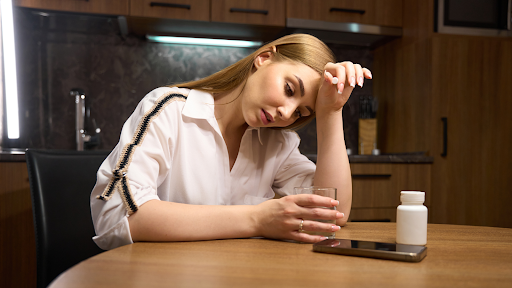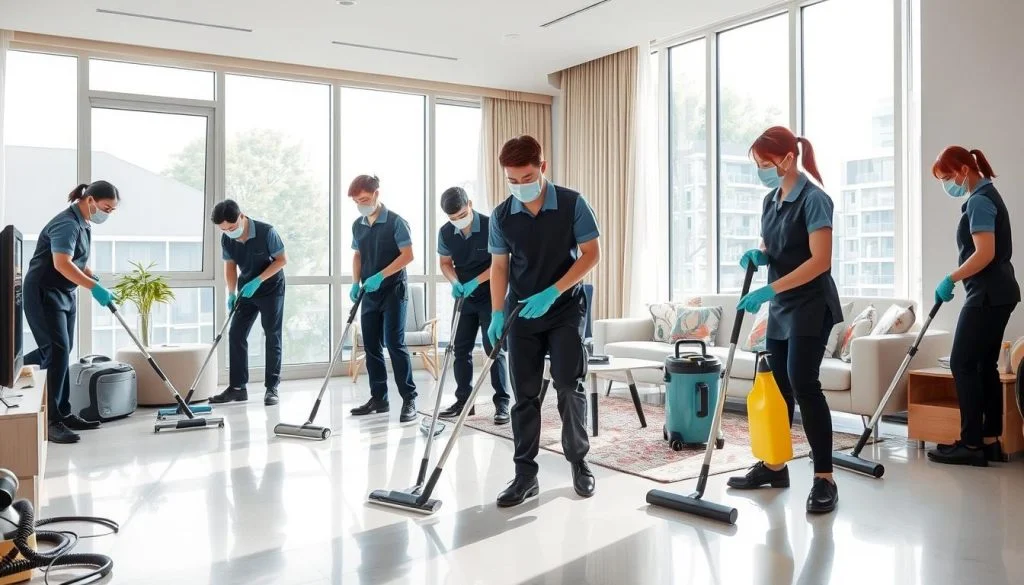Choosing the perfect bottle of bubbles can feel overwhelming, especially with Australia’s vast selection of domestic and imported options. Whether you’re celebrating a milestone birthday, engagement, promotion or simply enjoying a weekend brunch, knowing how to buy champagne in Australia any celebration requires understanding more than just brand names. The Australian champagne market has evolved dramatically over the past decade, with imports increasing by 32% since 2018 and local sparkling production techniques reaching world-class standards. This guide cuts through the complexity to help you select the perfect bottle for your occasion, budget and personal preferences.
Understanding True Champagne vs. Sparkling Wine
Many Australians use “champagne” as a catch-all term for sparkling wine, which isn’t technically accurate. True champagne comes exclusively from the Champagne region of France and follows strict production methods. Since 2010, Australia has recognized these geographical indications through trade agreements.
What sets genuine champagne apart is its distinctive terroir and traditional method of production. The chalky soils and cool climate of Champagne create grapes with perfect acidity for sparkling wines. When shopping, look for “Méthode Champenoise” or “Traditional Method” on Australian sparklings, indicating they’ve been made using the same techniques as French champagne—secondary fermentation in the bottle rather than in large tanks.
Australian Sparkling Alternatives Worth Considering
Tasmania and Victoria’s cool-climate regions produce exceptional sparkling wines that rival French champagnes at significantly lower price points. The Yarra Valley, Macedon Ranges, Adelaide Hills and Tasmania’s Coal River Valley have emerged as Australia’s premier sparkling wine regions.
House of Arras from Tasmania consistently receives international accolades, with their E.J. Carr Late Disgorged often outscoring genuine French champagnes in blind tastings. Other standout Australian producers include Deviation Road, Clover Hill, and Jansz—all offering sophisticated alternatives between $30-80 per bottle compared to entry-level French champagnes starting around $60.
Deciphering Champagne Labels and Terminology
Champagne labels contain valuable information that indicates style and quality. Look for these key terms:
Vintage: Indicates wine made from grapes harvested in a single, exceptional year. Non-vintage blends grapes from multiple years for consistency.
Dosage levels: Determines sweetness—Brut Nature (bone dry), Extra Brut (very dry), Brut (dry), Extra Dry (slightly sweet), Sec (noticeably sweet), Demi-Sec (sweet), and Doux (very sweet). Most celebrations call for Brut.
Blanc de Blancs: Made exclusively from Chardonnay grapes, offering elegance and citrus notes.
Blanc de Noirs: Produced from red grapes (Pinot Noir and Pinot Meunier), delivering more body and red fruit characteristics.
Rosé: Pink champagne with berry notes, made by adding red wine or brief skin contact.
Where to Buy Quality Champagne in Australia
Specialist retailers typically offer better value and expertise than supermarket chains. Wine auction houses like Langton’s frequently have champagne at competitive prices. Dan Murphy’s carries extensive selections but consider smaller merchants like Prince Wine Store, Different Drop or Blackhearts & Sparrows for personalized recommendations and unique finds.
Online retailers often provide detailed tasting notes and production information that help informed purchasing. Many also offer temperature-controlled delivery—crucial for preserving champagne quality in Australia’s climate.
Storage and Serving Recommendations
Australian temperatures demand proper storage. Keep champagne away from light at a consistent 10-12°C. If purchasing in advance, store bottles horizontally to keep the cork moist. Before serving, chill champagne gradually in the refrigerator for 3-4 hours rather than using an ice bucket, which can shock the wine.
Serve in tulip-shaped glasses rather than wide coupes—the former preserves bubbles and concentrates aromas. Pour slowly down the side of the glass to maintain effervescence. Ideal serving temperature is 8-10°C; too cold suppresses flavor complexity that makes premium champagne worth its price.









